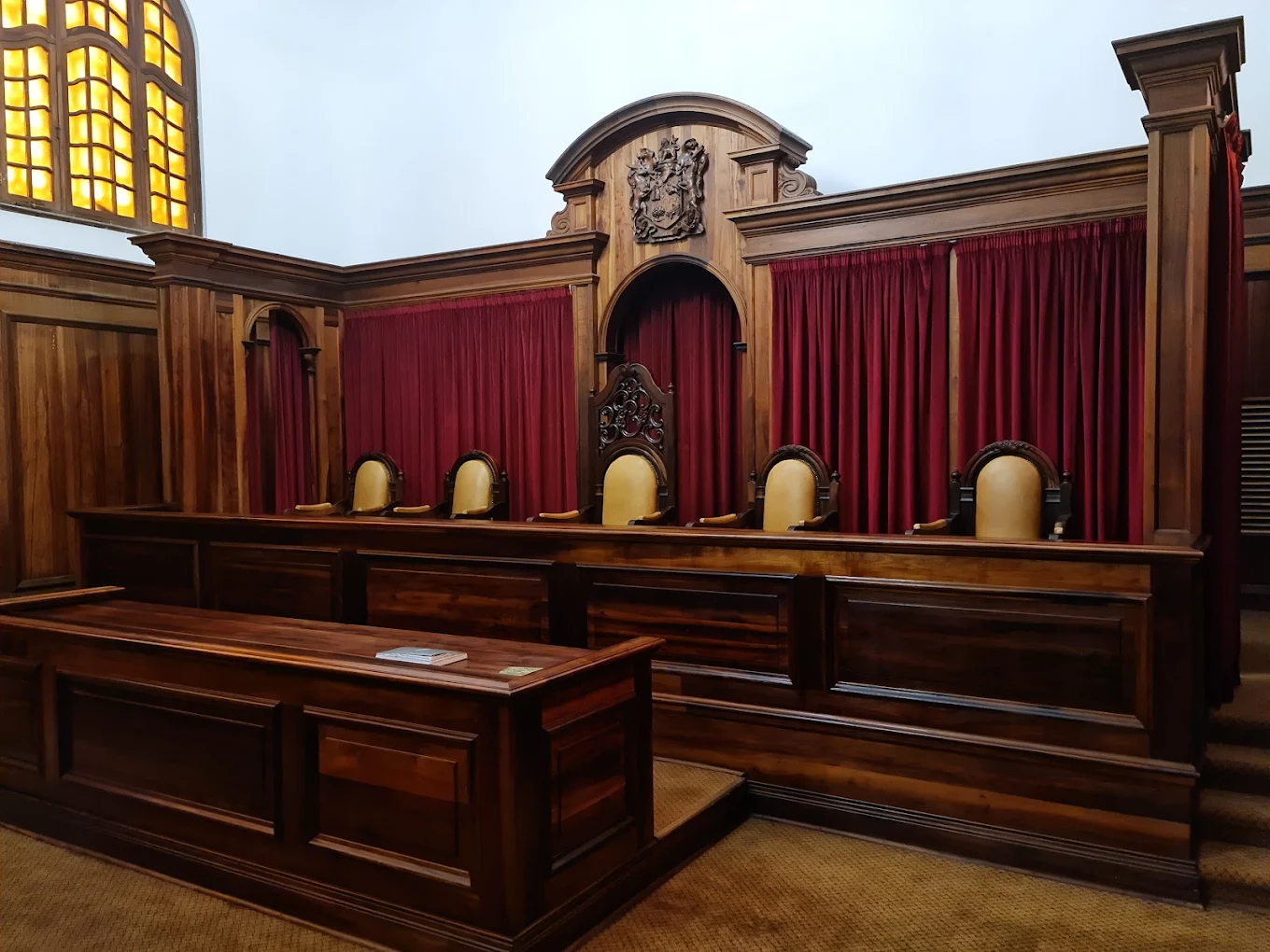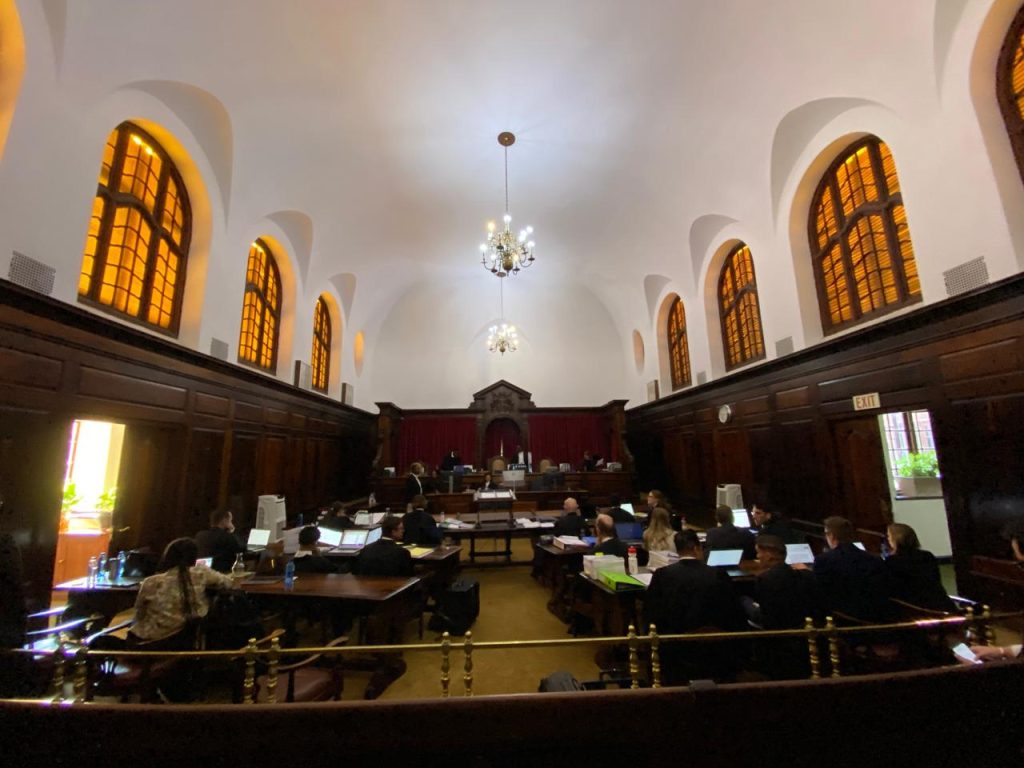The digital age has revolutionised how individuals communicate, document, and express themselves. Social media platforms such as Facebook, X (formerly Twitter), Instagram, and WhatsApp are no longer mere tools for social connection, they now serve as potential sources of legal evidence.
Screenshots of online activity are increasingly relied upon in South African litigation, spanning cases of defamation, cyberbullying, domestic disputes, workplace misconduct, and even criminal investigations. This article explores the evidentiary significance of such screenshots, the difficulties associated with their admission, and the legal standards South African courts apply when determining whether they may be accepted as evidence.
Legislative Framework: The Electronic Communications and Transactions Act
The admissibility of electronic evidence in South Africa is primarily governed by the Electronic Communications and Transactions Act 25 of 2002 (ECTA). Section 15(1) of the Act provides that data messages shall not be excluded from evidence purely because they are in electronic form. This statutory recognition ensures that digital records, whether emails, screenshots, or social media posts, can be treated on equal footing with paper-based documents.
Nevertheless, the inclusion of an electronic record in legal proceedings does not mean it is automatically accepted as reliable. The proponent must still satisfy the general evidentiary requirements of relevance, authenticity, and reliability. In addition, the Law of Evidence Amendment Act 45 of 1988 governs instances where screenshots contain statements made by third parties, raising potential hearsay concerns.
Evidentiary Challenges in Presenting Screenshots
- Authenticity and Manipulation
Screenshots can be created or altered with relative ease, making them inherently susceptible to tampering. Simple image-editing tools can change timestamps, names, or messages, undermining confidence in their accuracy. As a result, courts often require supplementary proof—such as metadata, testimony from the person who captured the screenshot, or corroborating digital evidence, to verify that the image is a true and accurate reflection of the original content.
- Fragmentation and Context
A further complication arises when a screenshot presents only part of a conversation or post. Without the full exchange, the meaning of a statement may be distorted. Courts are therefore cautious about accepting screenshots that appear selective or incomplete, particularly where the omitted portions might alter the intended interpretation.
- Burden of Proof
The party tendering the screenshot bears the responsibility of proving that it is genuine and unaltered. This can be achieved through affidavits, oral testimony, or evidence linking the screenshot to other verified data. Where such proof is insufficient, courts may either exclude the evidence entirely or accord it minimal probative value.
- Judicial Consideration of Social Media Evidence
South African courts have gradually developed a pragmatic approach to social media evidence. Where authenticity and reliability are established, courts have shown readiness to admit screenshots and other digital material.
Defamation and Harassment: Courts have accepted screenshots of defamatory statements, insults, or threats as proof of online harassment, provided they are corroborated by witness evidence or platform-based verification.
Family Law: Screenshots have been used to demonstrate patterns of conduct relevant to custody or maintenance disputes, such as non-compliance with court orders or inappropriate social behaviour.
Employment Law: Employers frequently rely on screenshots of posts or messages to substantiate charges of misconduct, reputational harm, or breach of confidentiality.
These cases illustrate that courts balance technological realities with evidentiary principles, applying the same standards of scrutiny used for conventional documentary evidence.
The use of social media screenshots in litigation is now an established feature of South African legal practice. While ECTA permits their admission, courts demand clear proof of authenticity and reliability before assigning evidentiary weight. The probative value of a screenshot depends on the integrity of its source, the context in which it was captured, and the degree of corroboration available. As digital communication evolves, the judiciary and legal practitioners must continue refining evidentiary practices to ensure that justice keeps pace with technological innovation. In the absence of targeted legislative reform, South African case law will remain the principal mechanism for developing consistent principles governing social






